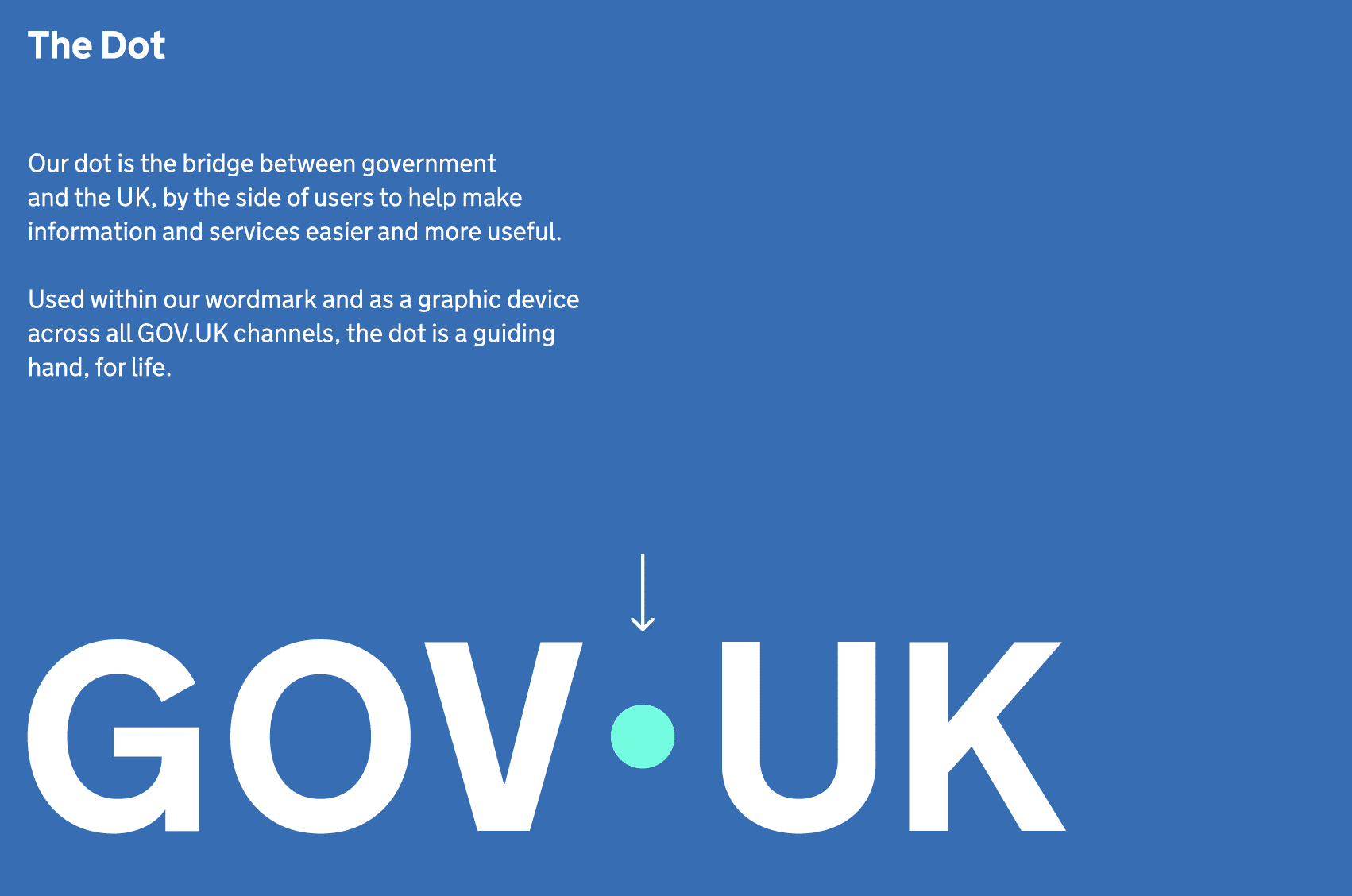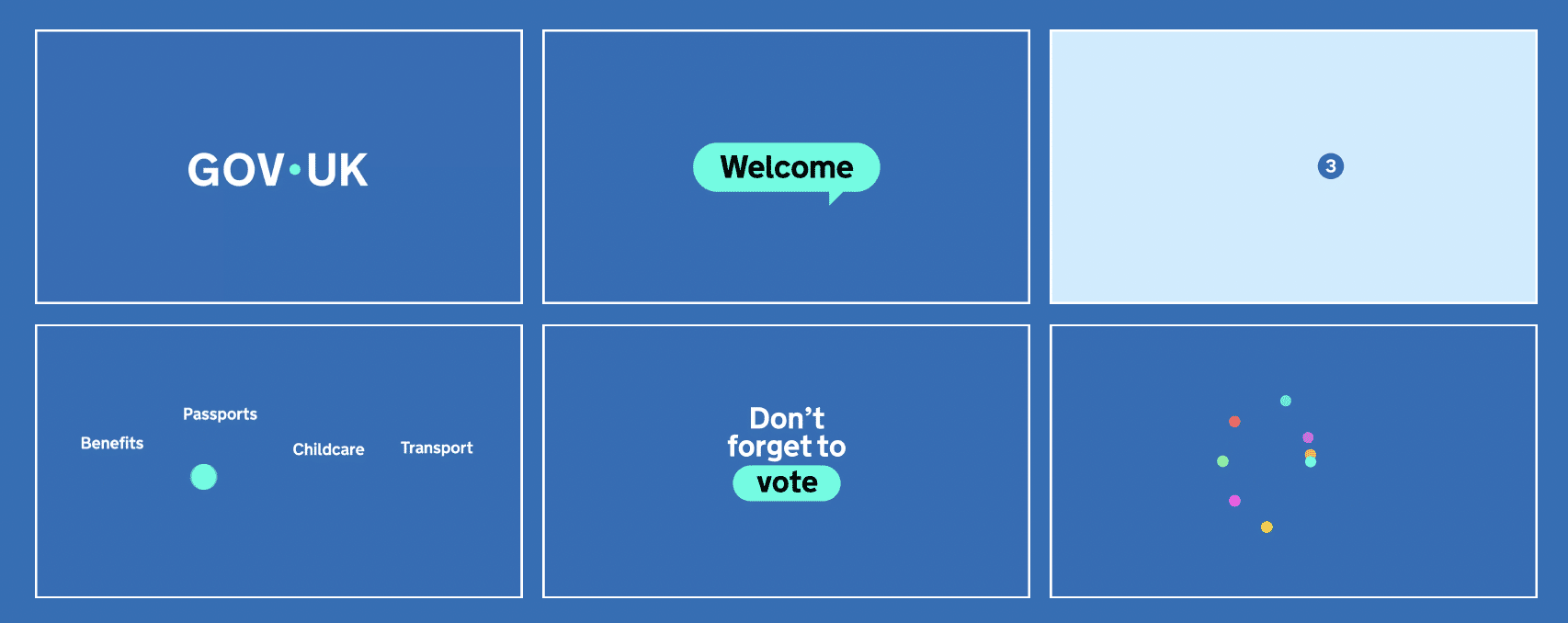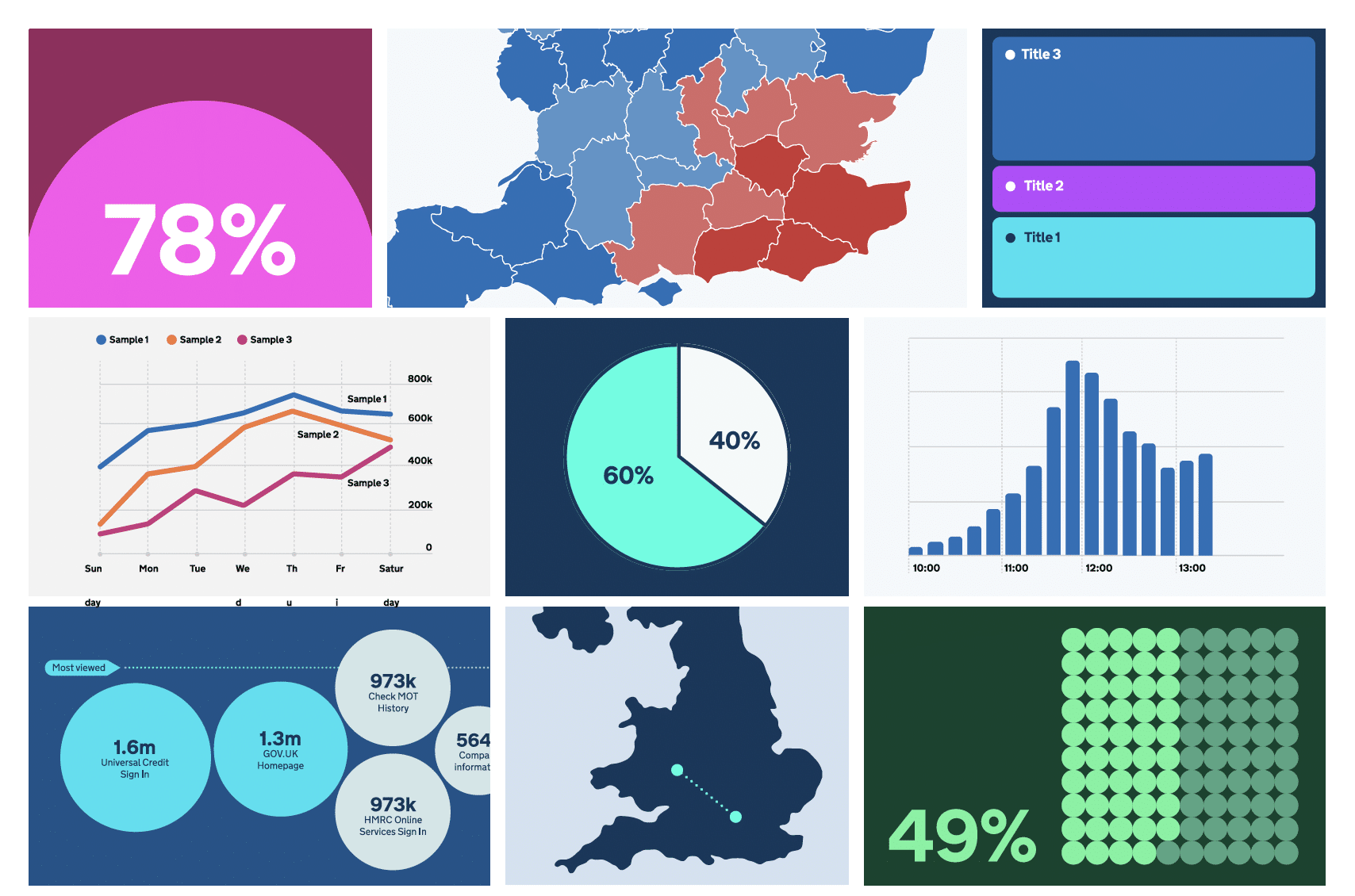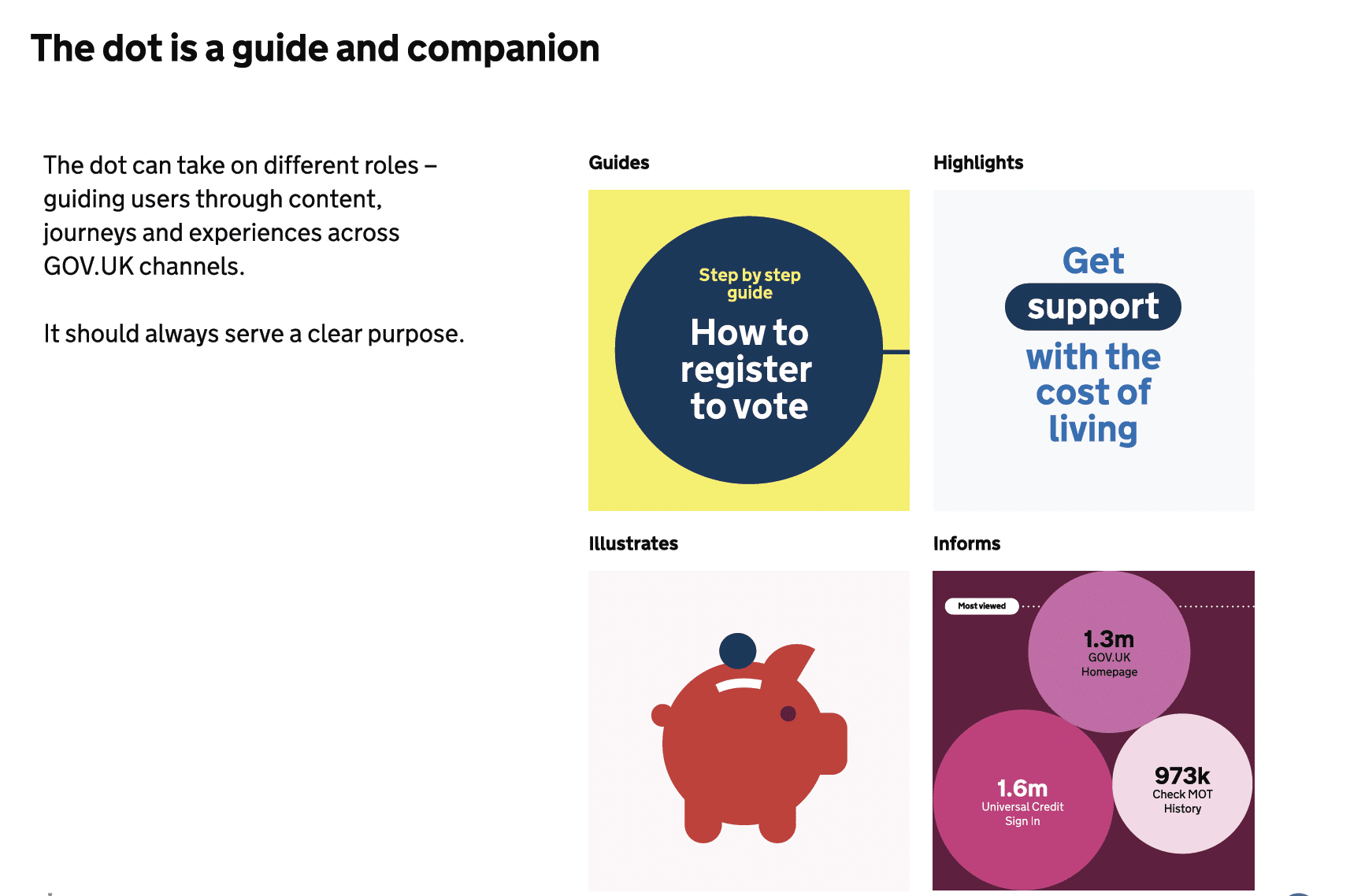
The UK Government recently rolled out a refreshed brand identity for GOV.UK — and revealed it cost £500,000.
Cue the outrage.
“Civil servants spend £500k on new GOV.UK logo” said LBC.
“Looks the same!” came the social media replies.
“A colour bar? Really?”
But this kind of backlash misses what brand evolution is actually for — especially in the public sector, where clarity, trust and usability are everything.
This wasn’t about a logo. It was about improving how millions of people experience government services — from tax returns to benefits to passports.


The updated identity is subtle by design — but it’s far from cosmetic.
The rebrand included:
As the official brand guidelines put it, this work supports “consistent and clear presentation of GOV.UK and government departments to the public.”
This wasn’t a new look. It was a foundation for long-term clarity.


The GOV.UK website supports more than 2,000 services across hundreds of departments and bodies. It’s not a marketing site — it’s a critical piece of public infrastructure used by millions every day.
A coherent, flexible brand system helps ensure:
These may not be headline-grabbing changes, but they’re vital. Because when branding fails at this scale, the results are confusing, inaccessible, and inefficient.

In context? Yes.
This wasn’t £500k for a logo. It was for a multi-year project to clarify, codify, and modernise a design system that touches every part of government communication – and, by extension, public life.
Think of it this way…
So rather than ask “Was this worth it?”, we should be asking “What’s the cost of not doing this properly?” (Brand inconsistency, public mistrust, accessibility failures, slow delivery — to name a few.)
We get it. Our clients aren’t spending £500k(!)… and they don’t need to.
But they’re still dealing with:
A brand refresh doesn’t have to be big or flashy. It just needs to work.
And like the GOV.UK project, it should be:
If that sounds like something you need, we can help.
One of the most impressive aspects of the GOV.UK rebrand is how openly it’s been done. Anyone can:
This level of transparency sets a new benchmark for how brand systems can (and should) be developed in the public interest.
At Design Tribe we support public sector, charity, life sciences, energy, and purpose-led teams to evolve their brands — not reinvent them unnecessarily.
That might mean:
Whether you’re dealing with stakeholder confusion, accessibility issues, or just a brand that no longer fits, we help you move forward with clarity and confidence.
SHARE